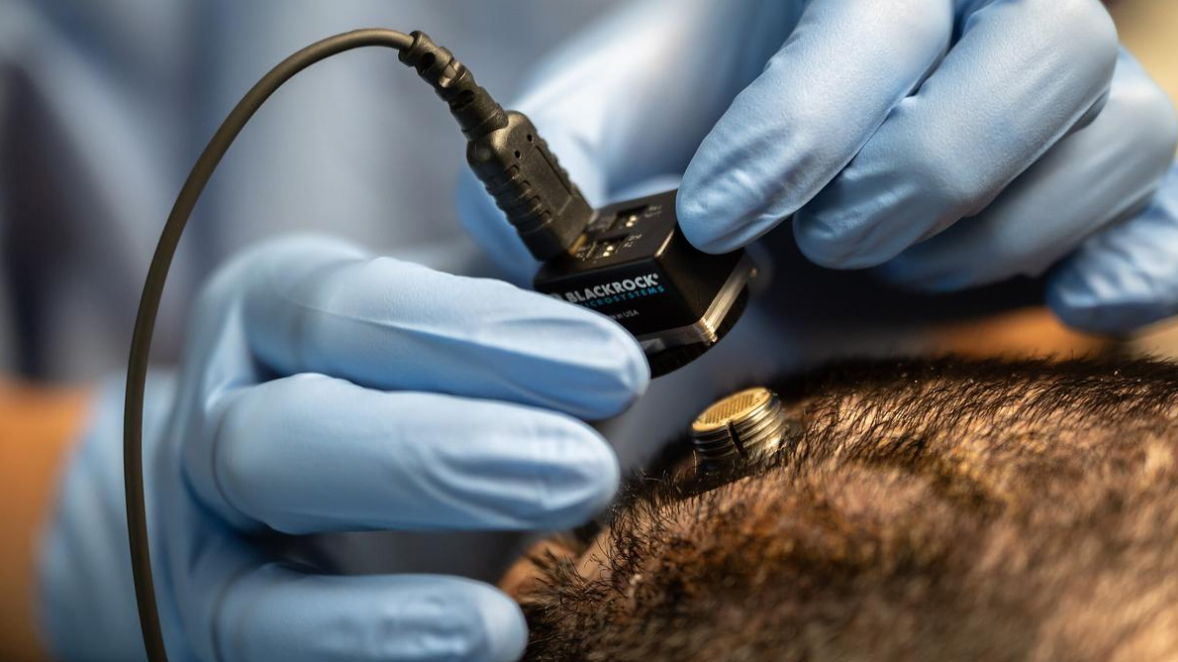




Copyright infringement not intended
Picture Courtesy: PIB
The Department of Ophthalmology at Army Hospital (Research and Referral), New Delhi became the first in the Armed Forces to perform minimally invasive glaucoma surgery (MIGS) using an advanced 3D microscope system.
Unlike traditional microscopes, which provide a 2D view, this system creates a three-dimensional image of the eye.
Surgeons wear special 3D polarization glasses and view the procedure on a 55-inch 4K ultra-HD screen, which offers incredible clarity and depth. This setup allows them to see small details inside the eye more clearly, making surgeries more accurate.
Glaucoma is an eye condition that damages the optic nerve, often due to abnormally high pressure in the eye (intraocular pressure). It is one of the leading causes of irreversible blindness worldwide and is particularly prevalent among aging populations.
Traditional glaucoma surgeries like trabeculectomy are effective but carry significant risks and complications. Minimally Invasive Glaucoma Surgery (MIGS) represents a newer approach that offers:
MIGS procedures target different outflow pathways to reduce intraocular pressure with minimal tissue disruption. The precision required for these procedures makes the enhanced visualization of 3D microscopy particularly valuable.
The 3D system has several advantages:
Source: PIB
|
PRACTICE QUESTION Q. Critically Analyze the role of indigenous technology in achieving the vision of Atmanirbhar Bharat. 150 words |





© 2025 iasgyan. All right reserved